

Azadirachtin is a naturally occurring tetranortriterpenoid derived from neem tree (Azadirachta indica) seeds. It acts as an insect growth regulator (IGR), antifeedant, and repellent, disrupting molting and development in insect larvae. It is used as a biopesticide in organic farming, providing broad-spectrum insect control with minimal environmental impact. It has other Chemical name as (1R,2S,3S,6R,7S,8R,10R,11S,12S,19R)-10-acetoxy-3,7,12,14,15,17,20-heptahydroxy-2,11-dimethoxy-4,16-dioxo-6,7,8,10,12,14,15,16,17,18,19,20-dodecahydro-1H-3,19-epoxyazadirachtin.


Azadirachtin is a naturally occurring tetranortriterpenoid derived from neem tree (Azadirachta indica) seeds. It acts as an insect growth regulator (IGR), antifeedant, and repellent, disrupting molting and development in insect larvae. It is used as a biopesticide in organic farming, providing broad-spectrum insect control with minimal environmental impact. It has other Chemical name as (1R,2S,3S,6R,7S,8R,10R,11S,12S,19R)-10-acetoxy-3,7,12,14,15,17,20-heptahydroxy-2,11-dimethoxy-4,16-dioxo-6,7,8,10,12,14,15,16,17,18,19,20-dodecahydro-1H-3,19-epoxyazadirachtin.

.3d8f8f41.svg)
Agrochemicals
.3556d45a.svg)

Crop Protection & Pest Control


Biopesticide
.7767eb0f.png)

Chemical Properties & Specifications
Used as a natural pesticide in organic farming for controlling aphids, whiteflies, caterpillars, and leafhoppers.
Protects vegetables, fruit crops, and ornamentals from insect infestation.
Applied to seeds and stored grains to prevent insect damage.
Used for pest control in tree plantations.
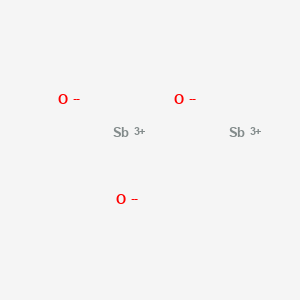
CAS No. : 1309-64-4
Category : Synergists & Smoke Suppressants
Sub-Category : Antimony-based synergists
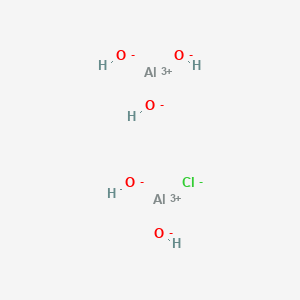
CAS No. : 1327-41-9
Category : Inorganic Chemicals
Sub-Category : Metal-Based Coagulants
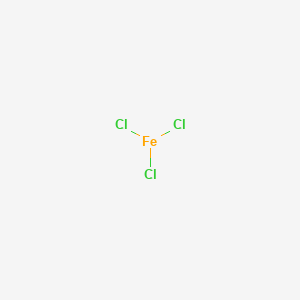
CAS No. : 7705-08-0
Category : Inorganic Chemicals
Sub-Category : Metal-Based Coagulants
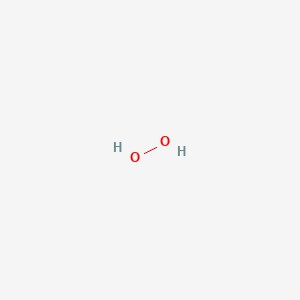
CAS No. : 7722-84-1
Category : Inorganic Chemicals
Sub-Category : Peroxides & Oxidizing Agents
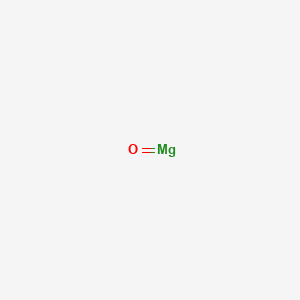
CAS No. : 1309-48-4
Category : Pharmaceutical Actives & Precursors
Sub-Category : Active Pharmaceutical Ingredients (APIs)
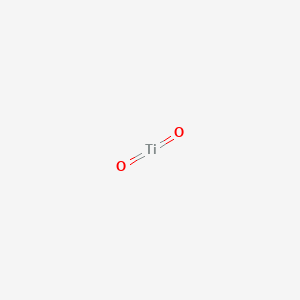
CAS No. : 13463-67-7
Category : Pigments & Colorants
Sub-Category : Inorganic Pigments
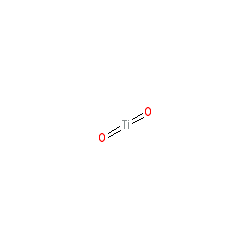
CAS No. : 13463-67-7
Category : Pigments & Colorants
Sub-Category : Inorganic Pigments
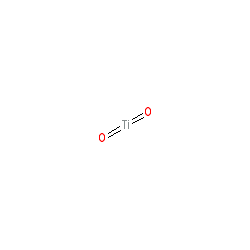
CAS No. : 13463-67-7
Category : Pigments & Colorants
Sub-Category : Inorganic Pigments
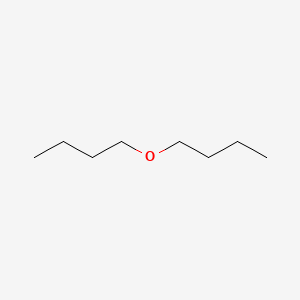
CAS No. : 142-96-1
Category : Solvents & Carriers
Sub-Category : Ethers & Ether-Based Solvents
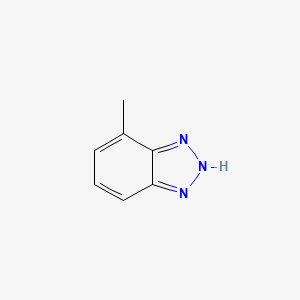
CAS No. : 29385-43-1
Category : Specialty Polymers & Additives
Sub-Category : Corrosion Inhibitor Additives

CAS No. : 25322-69-4
Category : Specialty Polymers & Additives
Sub-Category : Polyether Polyols
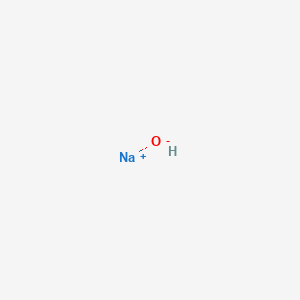
CAS No. : 1310-73-2
Category : Food Ingredients
Sub-Category : Acidulants & Acidity Regulators

CAS No. : 78-93-3
Category : Base Chemicals & Intermediates
Sub-Category : Ketones & Solvents
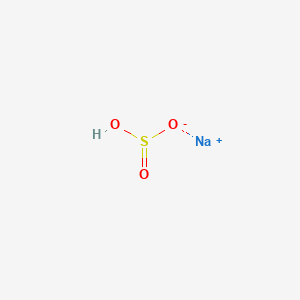
CAS No. : 7631-90-5
Category : Food Ingredients
Sub-Category : Sulfur-Based Compounds
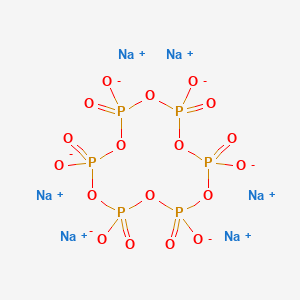
CAS No. : 10124-56-8
Category : Inorganic Chemicals
Sub-Category : Phosphate Compounds
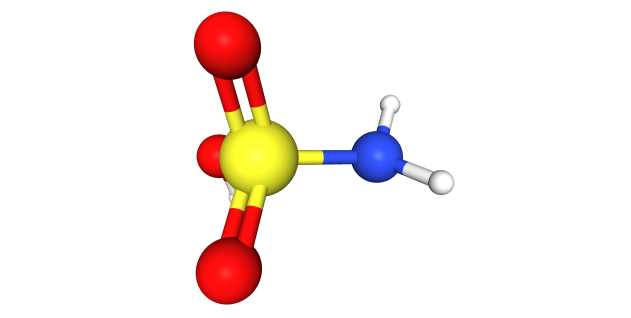
CAS No. : 5329-14-6
Category : Inorganic Chemicals
Sub-Category : Acid Derivatives

CAS No. : 100-44-7
Category : Organic Intermediates
Sub-Category : Chlorinated Aromatic Compounds
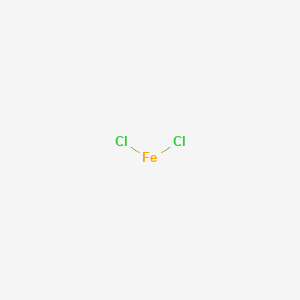
CAS No. : 7758-94-3
Category : Inorganic Chemicals
Sub-Category : N/A

CAS No. : 1314-13-2
Category : Plant Health, Nutrients & Soil Management
Sub-Category : Zinc-Based Functional Additives
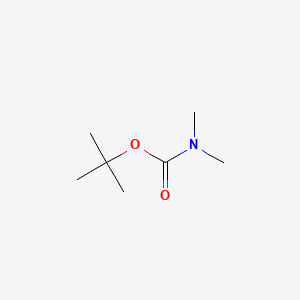
CAS No. : 61788-93-0
Category : Surfactants & Emulsifiers
Sub-Category : Fatty Amines
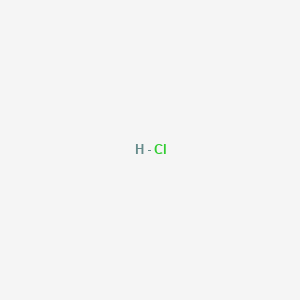
CAS No. : 7647-01-0
Category : Inorganic Acids
Sub-Category : Mineral Acids
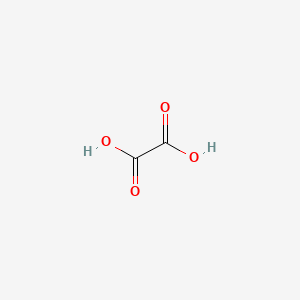
CAS No. : 144-62-7
Category : Organic Acid Derivatives
Sub-Category : Dicarboxylic Acids
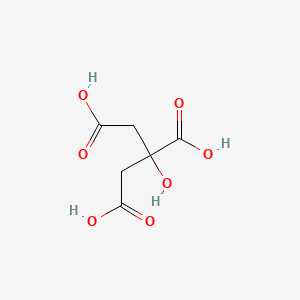
CAS No. : 77-92-9
Category : Food Ingredients
Sub-Category : Flavor Enhancers
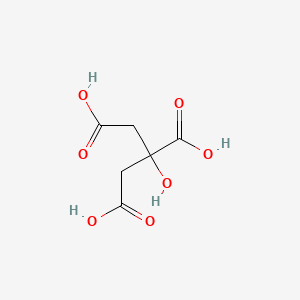
CAS No. : 77-92-9
Category : Food Ingredients
Sub-Category : Flavor Enhancers
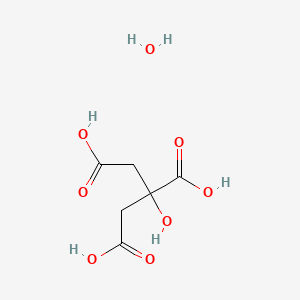
CAS No. : 5949-29-1
Category : Food Ingredients
Sub-Category : Flavor Enhancers

CAS No. : 7631-90-5
Category : Food Ingredients
Sub-Category : Sulfur-Based Compounds

CAS No. : 10124-56-8
Category : Inorganic Chemicals
Sub-Category : Phosphate Compounds
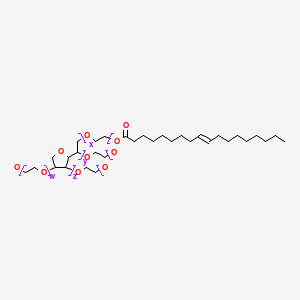
CAS No. : 9005-65-6
Category : Surfactants & Emulsifiers
Sub-Category : Functional Emulsifiers
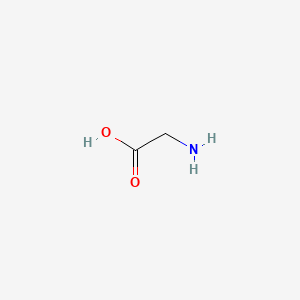
CAS No. : 56-40-6
Category : Nutraceutical Ingredients
Sub-Category : Amino Acids & Proteins
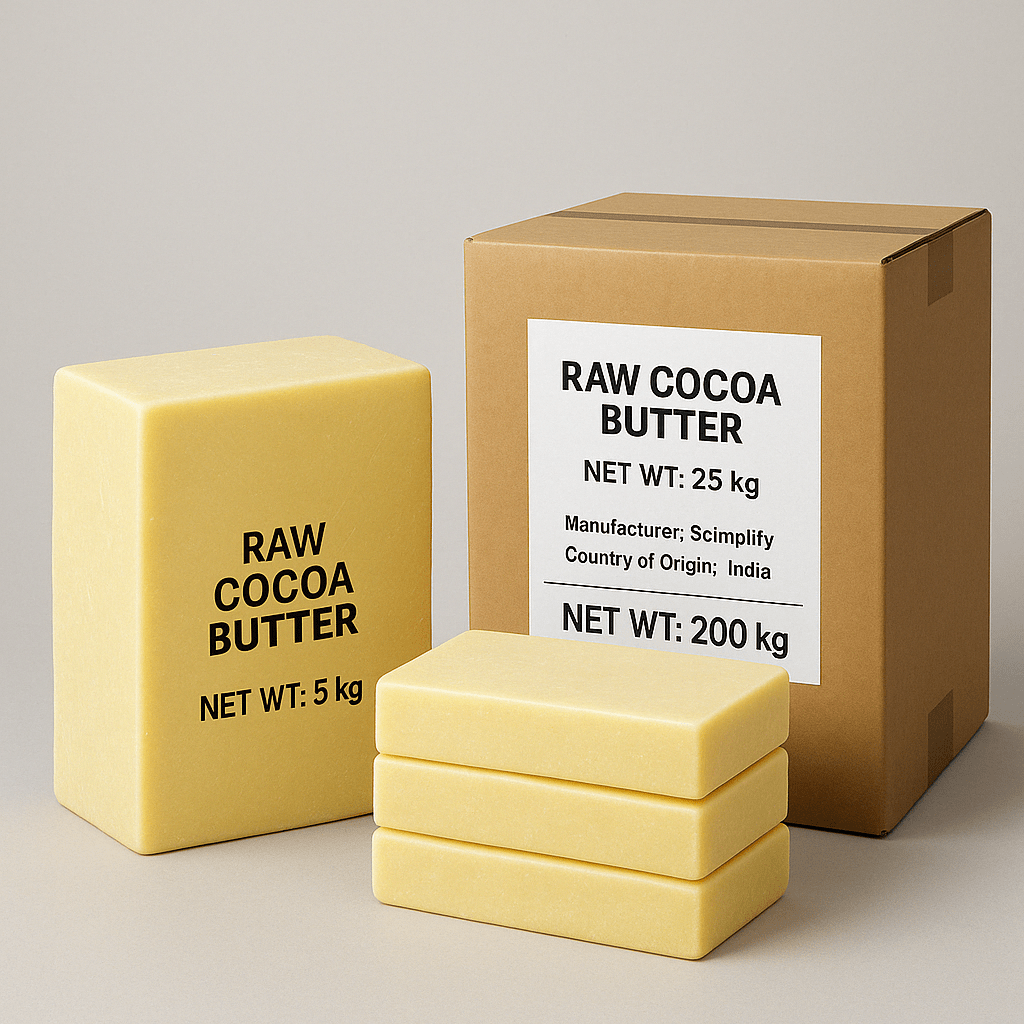
CAS No. : 8002-31-1
Category : Food Ingredients
Sub-Category : Cocoa & Chocolate Derivatives
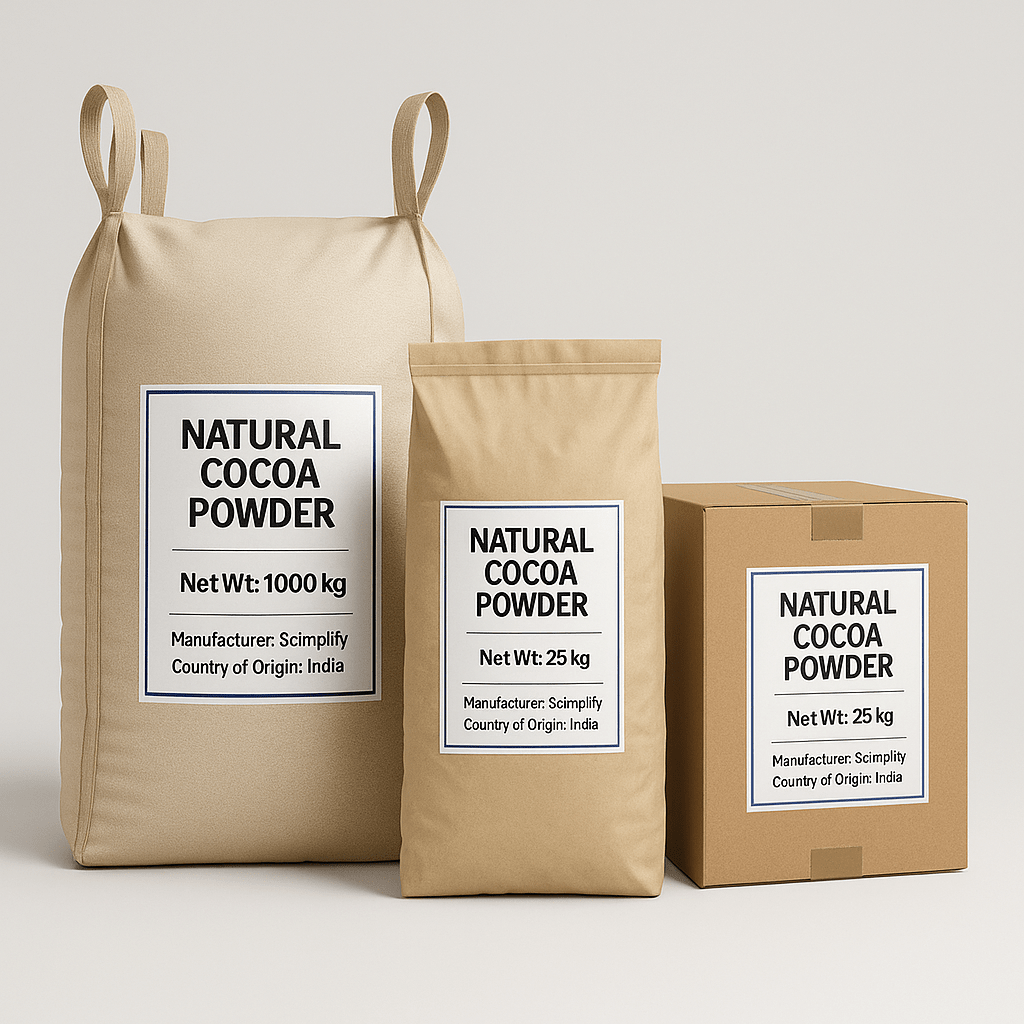
CAS No. : 84649-99-0
Category : Food Ingredients
Sub-Category : Cocoa & Chocolate Derivatives
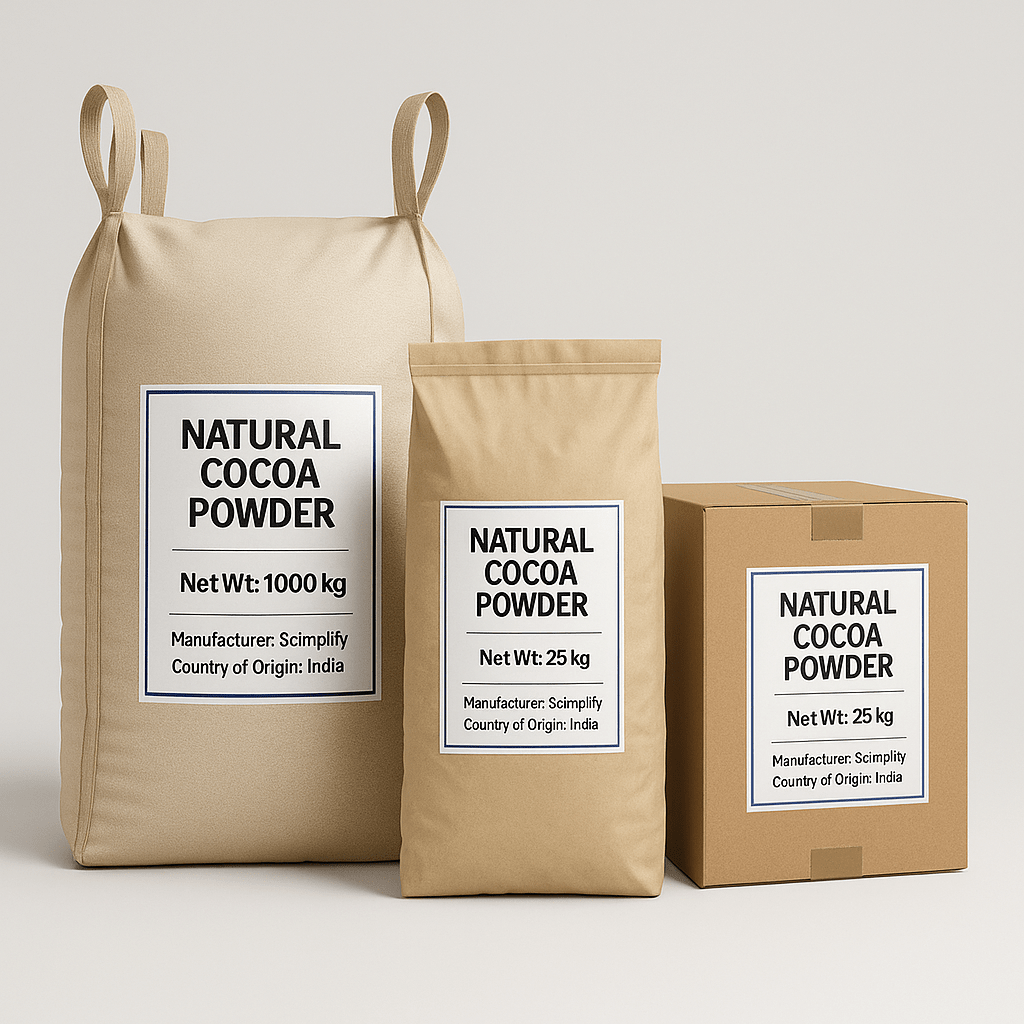
CAS No. : 84649-99-0
Category : Food Ingredients
Sub-Category : Cocoa & Chocolate Derivatives
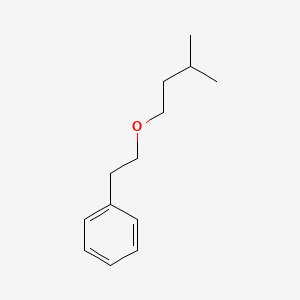
CAS No. : 56011-02-0
Category : Fragrance Ingredients
Sub-Category : Aliphatic Aromatic Ethers
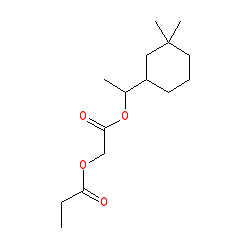
CAS No. : 236391-76-7
Category : Fragrance Ingredients
Sub-Category : Polycyclic Synthetic Musks

CAS No. : 236391-76-7
Category : Fragrance Ingredients
Sub-Category : Polycyclic Synthetic Musks
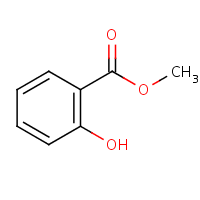
CAS No. : 119-36-8
Category : Fragrance Ingredients
Sub-Category : Aromatic Esters